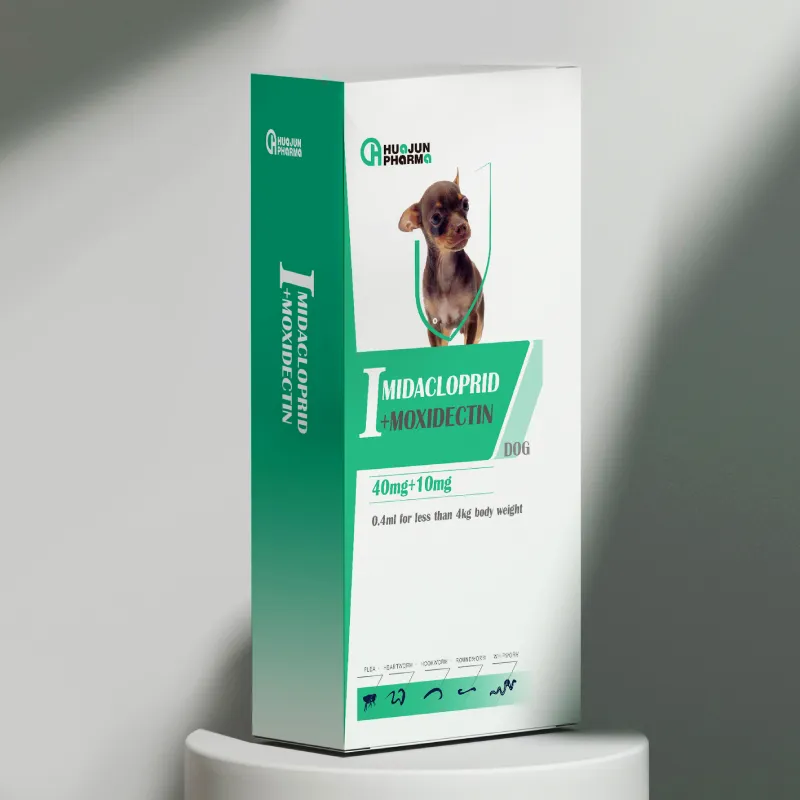
Dez . 06, 2024 22:33 Back to list
china pasteurellosis in animals
Pasteurellosis in Animals in China An Overview
Pasteurellosis is an infectious disease caused by bacteria of the genus Pasteurella, which is a significant concern in veterinary medicine, particularly for livestock and domestic animals. In China, the impact of pasteurellosis has been increasingly recognized due to the profound effects it has on the agricultural sector and animal husbandry practices. This article aims to provide an overview of pasteurellosis in animals in China, covering its etiology, transmission, clinical manifestations, prevention, and control measures.
Etiology
Pasteurellosis is primarily caused by two species of Pasteurella Pasteurella multocida and Pasteurella trehalosi. These bacteria are gram-negative and can be part of the normal flora of the respiratory tract of animals. However, under certain conditions, such as stress, overcrowding, or environmental changes, these bacteria can become opportunistic pathogens. In China, species commonly affected include cattle, sheep, goats, pigs, and poultry, leading to significant economic losses in animal husbandry operations.
Transmission
The transmission of pasteurellosis occurs primarily through the respiratory route. Infections can arise from direct contact with infected animals or contaminated environments. Stressors such as transportation, poor housing conditions, and co-infection with other pathogens can lead to outbreaks. Additionally, transmission can also occur through abrasions during fighting or due to predation in wildlife populations.
Clinical Manifestations
The clinical manifestations of pasteurellosis can vary widely depending on the species of animal infected and the severity of the disease. In cattle, symptoms may include pneumonia, fever, nasal discharge, and labored breathing. In sheep and goats, the disease often presents as mastitis or septicemia, leading to sudden death. In pigs, pasteurellosis can cause pneumonia, pleuritis, and other respiratory illnesses. Poultry are also susceptible, with symptoms manifesting as fowl cholera, leading to high mortality rates.
china pasteurellosis in animals

Economic Impact
In China, the economic burden of pasteurellosis is significant. The disease can result in reduced productivity, increased veterinary costs, and substantial losses from mortality. The high prevalence of pasteurellosis in livestock can jeopardize food security, especially in rural areas heavily dependent on animal agriculture. As China strives to modernize its farming practices and improve biosecurity measures, addressing pasteurellosis is crucial for sustainable growth in the agriculture sector.
Prevention and Control
Preventing and controlling pasteurellosis in animals involves a multifaceted approach. Key strategies include maintaining good husbandry practices, improving biosecurity measures, and providing adequate nutrition to strengthen the immune systems of animals. Vaccination is an important preventive measure, particularly for high-risk populations. Vaccine development has advanced, and in recent years, some effective vaccines targeting Pasteurella multocida have been produced in China.
Surveillance programs are also essential for early detection and response to outbreaks. Veterinary services play a critical role in educating farmers about identifying early signs of infection, implementing hygiene protocols, and managing stressed animals to mitigate the risk of disease transmission.
Conclusion
Pasteurellosis remains a significant challenge for animal health in China, affecting various animal species and posing a considerable economic threat to the livestock industry. Through comprehensive management strategies, including vaccination, improved husbandry practices, and effective surveillance, it is possible to mitigate the impact of this disease. As China continues to enhance its veterinary infrastructure and research, addressing pasteurellosis will be vital for promoting sustainable agricultural development and ensuring the health and welfare of livestock across the nation.
-
Copper Sulfate for Algae Factory: High Purity Supply
NewsAug.06,2025
-
Immunovital Fish Feed Factory | AI-Optimized Nutrition
NewsAug.03,2025
-
Quality Bacillus Coagulans BC30 Factory - Expert Production
NewsAug.02,2025
-
Acute Salpingitis and Oophoritis AI Factory
NewsJul.31,2025
-
Premium China Bacillus Subtilis Supplier & Factory Solutions
NewsJul.30,2025
-
Premium Avermectin Supplier in China | Custom Solutions Available
NewsJul.29,2025


